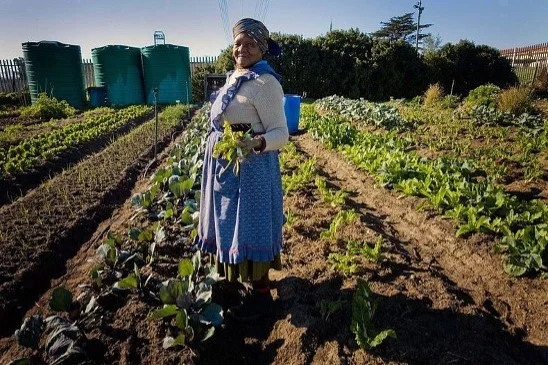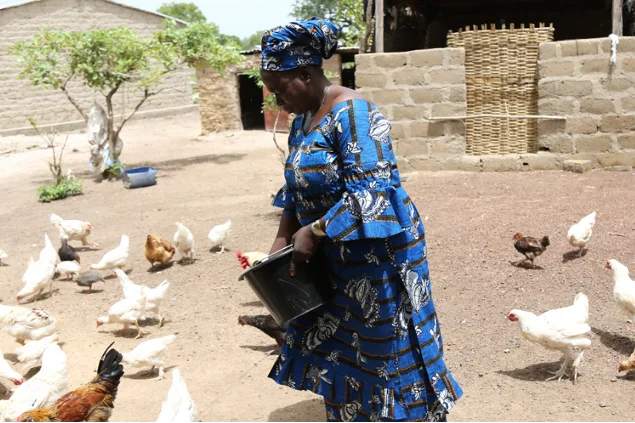Mali’s Journey to Sustainable Safety and Security for Radioactive Sources

Mali’s authorities have been collecting disused sealed radioactive sources from around the country for safe storage in the capital, Bamako, with the support of the IAEA. Now, their attention is turning towards improving the security of the storage to keep the sources, which are still radioactive, away from the hands of criminals.
“Any source that emits ionizing radiation, even at the end of its useful life, needs to be kept safe,” said Nagantié Kone, Director General of Mali’s Radiation Protection Agency (AMARAP). “But we shouldn’t forget that any such source must also be secure. The higher the activity of the source stored, the higher the risk of someone removing it in an unauthorized way.”
In Mali, as in most countries, radioactive sources are widely used. For example, construction workers use a special gauge that emits radiation to measure the moisture and density of the soil on which a road will be built. Medical staff use diagnostic imaging with radioactive substances to see inside a patient’s body. Even gold mine explorers use radioactive devices to detect gold underground.
Storage in Shipping Containers
But where do these radioactive sources end up once they have reached the end of their useful life? For many countries with limited resources, building a facility where the sources can be stored safely and securely can be a stretch. A few—including Mali—are opting for a solution that involves temporary storage in shipping containers, so-called ISO containers.
Mali’s storage container was established with the support of the IAEA, which provided guidance and expertise to Malian authorities, including advice on safety requirements. Currently, the storage facility contains around 70 sources.
“This affordable option provides a good solution to the temporary storage of small inventories of disused sources,” said Gert Liebenberg, a nuclear security officer at the IAEA. “By applying appropriate safety and security measures to ISO containers, these could provide the same level of protection as permanently constructed storage facilities.”
The IAEA is now mobilizing resources to further strengthen the security of the Malian storage facility. Currently, guards are protecting it round the clock. “The planned physical protection upgrades will provide additional barriers and levels of safety and security,” Kone said.
The idea is for international experts to carry out a needs assessment next year and determine what security arrangements must be put in place. “We will focus on the physical installation of security arrangements: cameras, alarm systems, motion-detector lighting, tamper-proof systems on doors that would prevent people from entering without authorization,” Liebenberg said.
An expert mission to Mali, planned for next year, will evaluate what security upgrades and safety precautions should be implemented. “The experts will focus on the prevention of unauthorized removal of radioactive sources from the storage facility,” Liebenberg said.
So far, Honduras, Madagascar, and Mali are among the countries using ISO containers for the secure and safe storage of disused sealed radioactive sources.
What Happens After Storage?
Once a source has been recovered, authorities have three options: it can be re-used, returned to the supplier for recycling, or placed into temporary storage prior to permanent disposal. In many countries, radioactive sources are stored because disposal facilities are not available.
Malian authorities have been developing the necessary nuclear and radiation safety regulations to ensure that imported sources are returned to their suppliers. “Producers do not always accept the disused sources,” Kone said. “Which is why we are developing the right regulations to guarantee return. This is one way of ensuring radioactive source security and radiation protection for the public and the environment.”
 Albania
Albania Algeria
Algeria Andorra
Andorra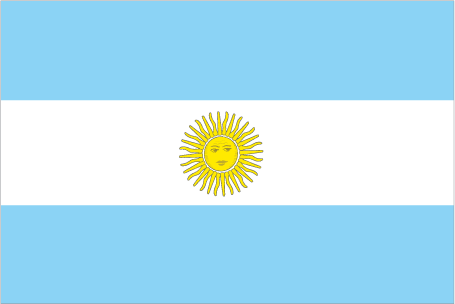 Argentina
Argentina Armenia
Armenia Australia
Australia Austria
Austria Azerbaijan
Azerbaijan Bahrain
Bahrain Belgium
Belgium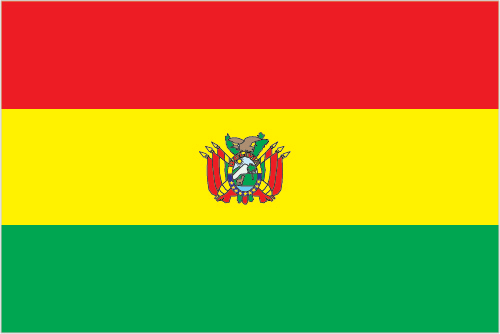 Bolivia
Bolivia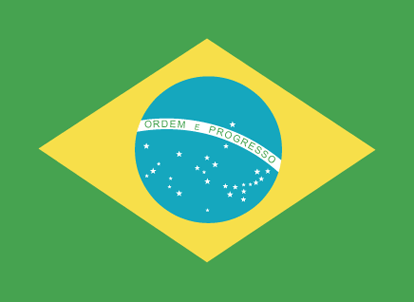 Brazil
Brazil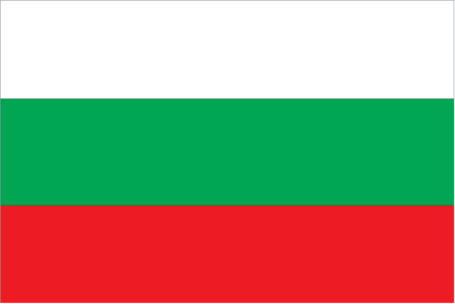 Bulgaria
Bulgaria Cambodia
Cambodia Cameroon
Cameroon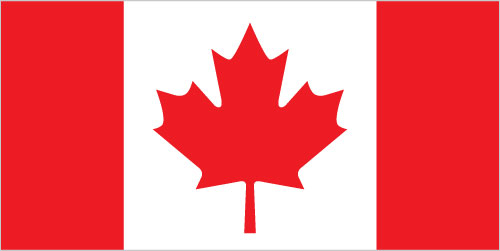 Canada
Canada Chad
Chad Chile
Chile China
China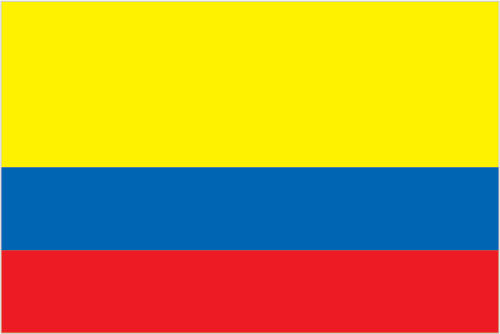 Colombia
Colombia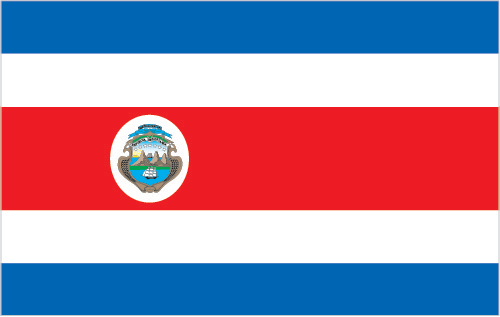 Costa Rica
Costa Rica Croatia
Croatia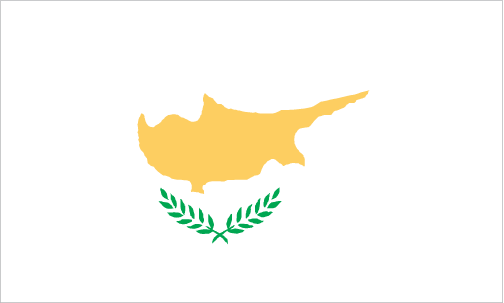 Cyprus
Cyprus Czechia
Czechia Denmark
Denmark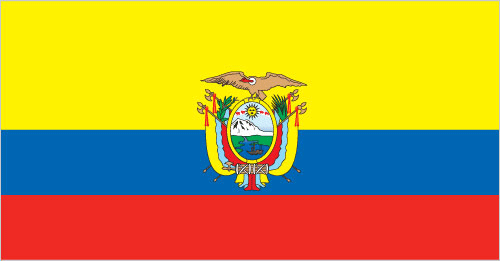 Ecuador
Ecuador Egypt
Egypt Finland
Finland France
France Georgia
Georgia Germany
Germany Ghana
Ghana Greece
Greece Hungary
Hungary Iceland
Iceland India
India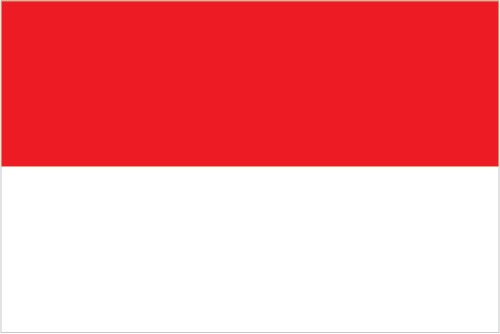 Indonesia
Indonesia Ireland
Ireland Italy
Italy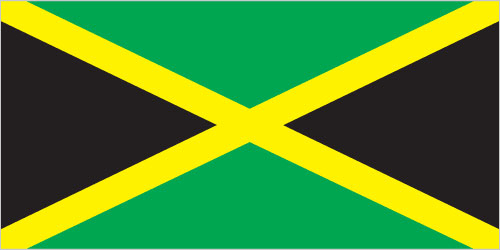 Jamaica
Jamaica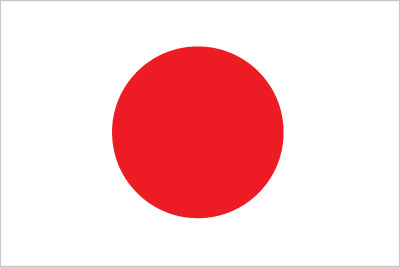 Japan
Japan Jordan
Jordan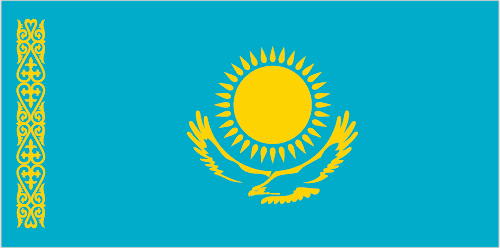 Kazakhstan
Kazakhstan Kenya
Kenya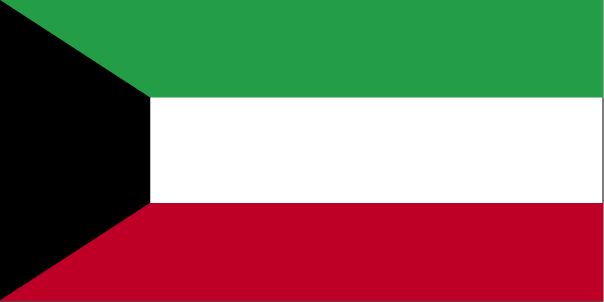 Kuwait
Kuwait Latvia
Latvia Lebanon
Lebanon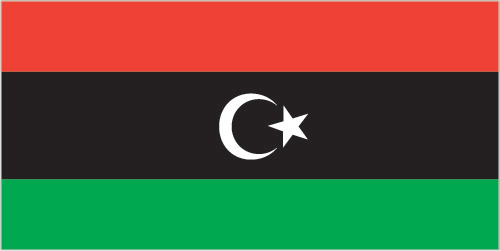 Libya
Libya Lithuania
Lithuania Luxembourg
Luxembourg Malaysia
Malaysia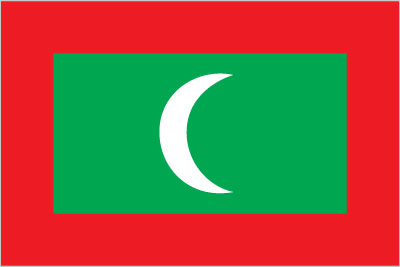 Maldives
Maldives Mali
Mali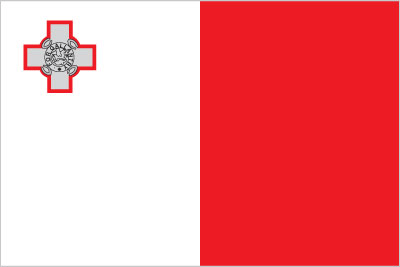 Malta
Malta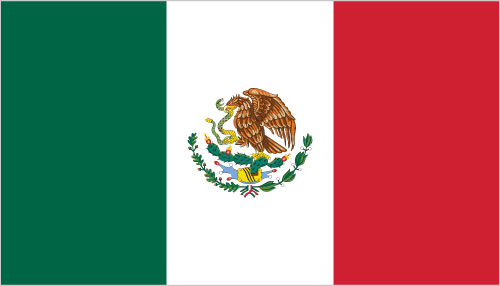 Mexico
Mexico Moldova
Moldova Monaco
Monaco Morocco
Morocco Netherlands
Netherlands New Zealand
New Zealand Nigeria
Nigeria North Macedonia
North Macedonia Norway
Norway Oman
Oman